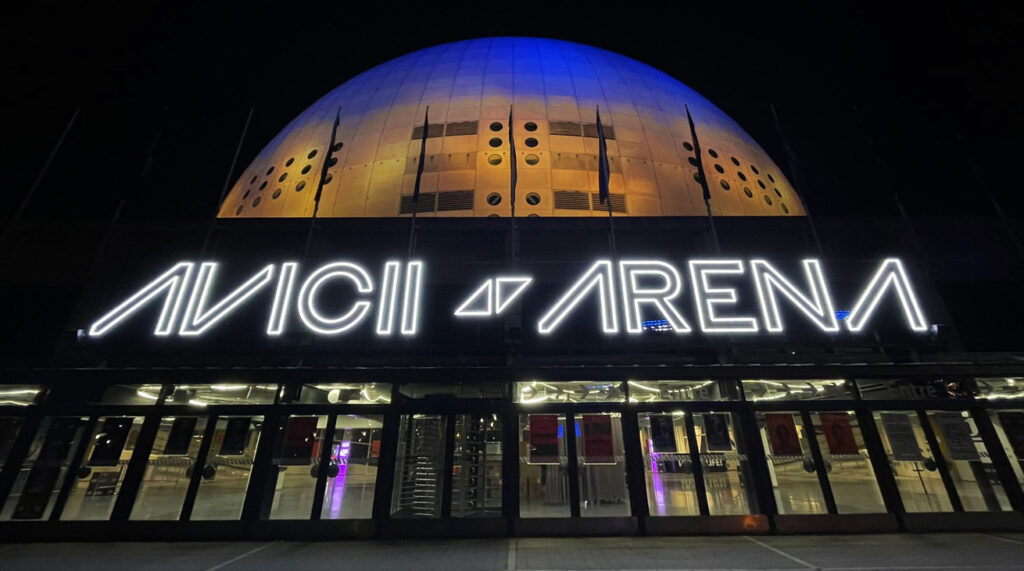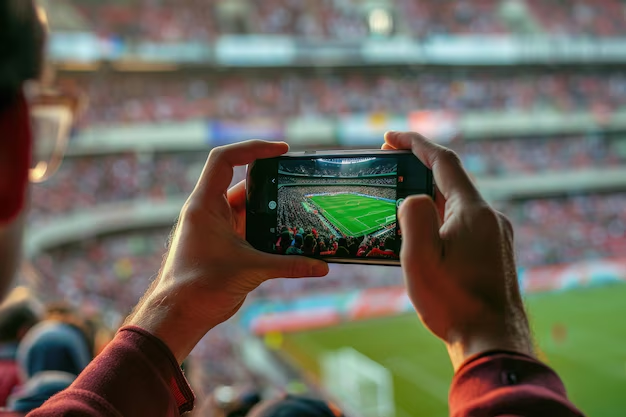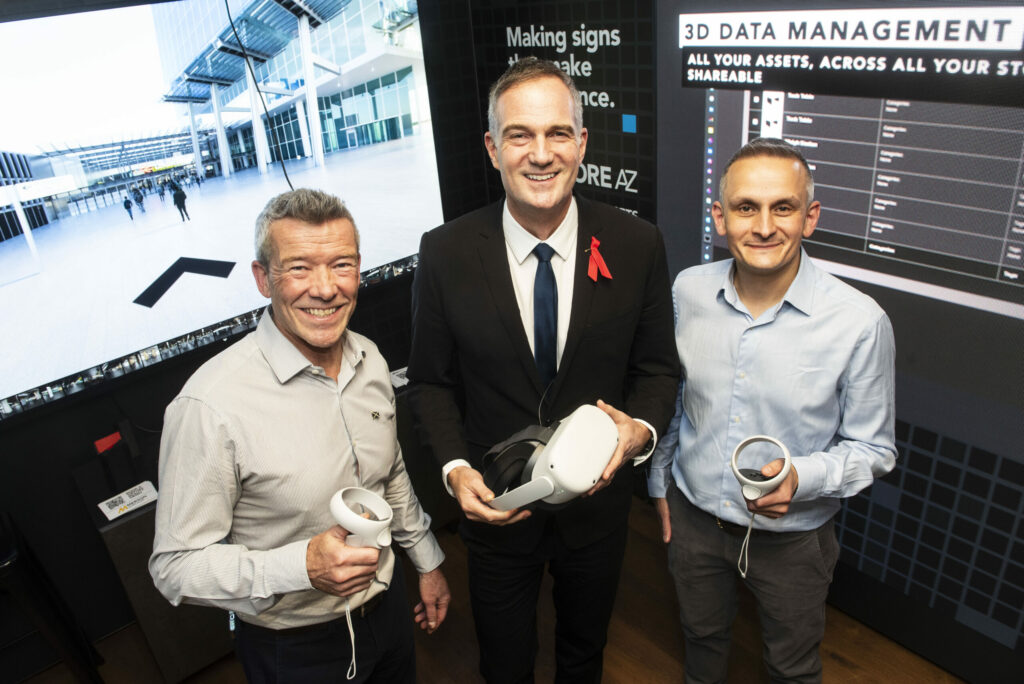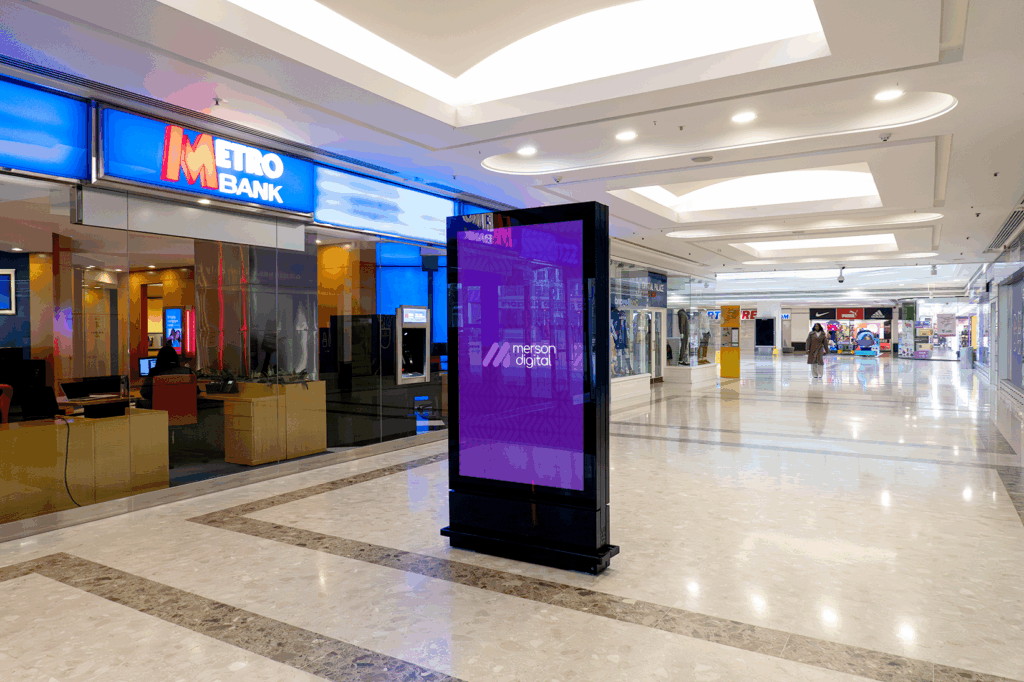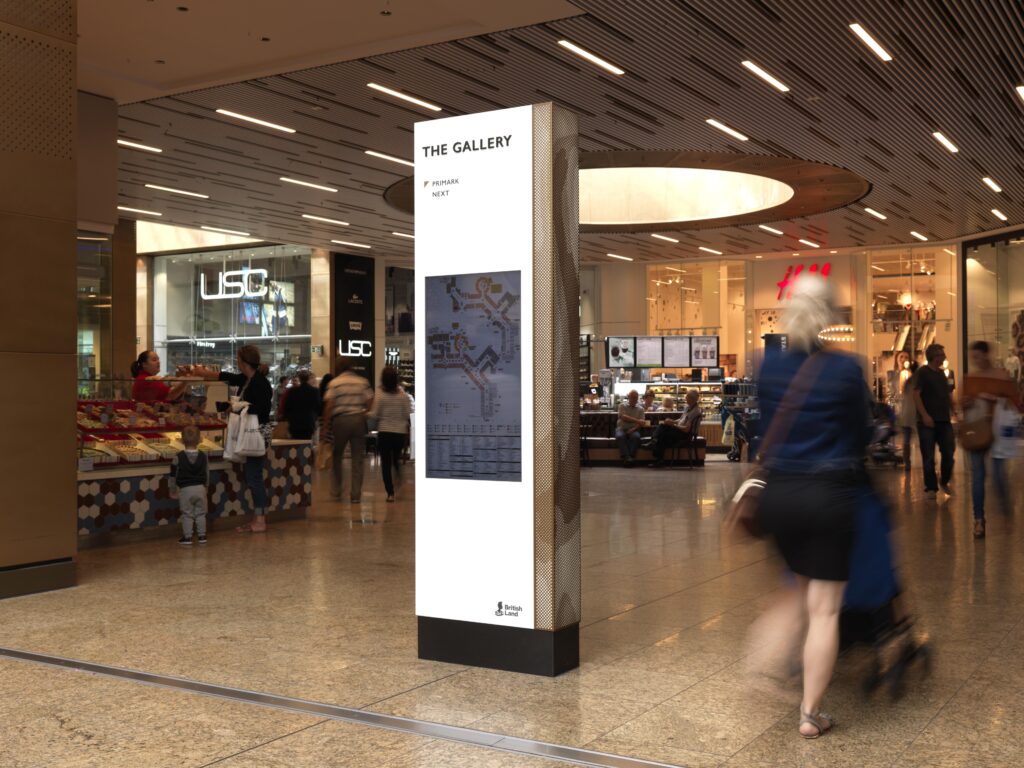
By Georgia Evans
The Dynamics of Digital-Out-of-Home (DOOH): Factors to Consider for Effective Signage Installation
In today’s connected world, the landscape of advertising and signage is continually evolving, propelled by technological advancements and shifting consumer behaviours!
Out-of-home (OOH) signage, once synonymous with static billboards and posters, is undergoing a noticeable shift towards more digital out-of-home (DOOH) signage. As companies increasingly recognize the potential of DOOH to deliver targeted, dynamic content, the migration from traditional OOH to digital platforms brings about its own set of considerations to be evaluated before installation.
In this blog, we will explore the key factors that businesses need to consider when installing Digital-out-of-home signage. By understanding these considerations, companies can harness the potential of digital signage to effectively engage audiences and achieve impactful results.
Consideration 1: Which Format is Best?
DOOH signage comes in a wide range of options, each suited to different needs and environments. Whether it’s large-scale installations like those seen in Merson’s work with Paddington Central, or smaller options like digital totems and wayfinders found in venues and shopping centres, there’s a solution for every space.
When deciding on the type of DOOH signage to use, factors such as available space, expected foot traffic, and specific campaign objectives play a crucial role. For instance, if you’re aiming to grab the attention of a high-traffic area with limited space, a digital totem might be the perfect fit. On the other hand, for expansive outdoor locations with heavy footfall, large-scale installations offer maximum visibility and impact. By carefully considering these factors, businesses can make informed decisions about the most suitable type of DOOH signage to achieve their goals effectively.
Consideration 2: Interactivity?
Another crucial consideration when implementing DOOH signage is whether to incorporate interactivity. With recent technological advancements, interactive DOOH has become increasingly common. This can manifest in various forms and levels of complexity, ranging from simple QR code scanning and touchscreens to advanced features like motion tracking and user-generated content submission.
The decision to include interactivity in your DOOH signage can significantly impact the effectiveness of your campaigns. Interactive elements provide an opportunity to elevate your space and differentiate yourself from competitors. Indeed, Incorporating interactivity into your DOOH signage strategy can be a powerful tool for driving engagement, increasing brand awareness, and ultimately, achieving objectives. By offering visitors an interactive experience, you not only capture their attention, but also create memorable interactions, leaving a lasting impression!
Consideration 3: Indoor vs Outdoor Digital-out-of-home
When considering the implementation of DOOH signage, one must carefully weigh the options between outdoor, indoor, or a blend of both environments. Each setting presents its own set of considerations and challenges.
For outdoor DOOH installations, visibility is paramount. These displays must remain clear and visible even under high levels of ambient light, such as direct sunlight. Achieving this requires screens with a higher brightness level compared to indoor counterparts, which naturally entails additional costs and considerations regarding environmental efficiency. Moreover, outdoor DOOH hardware must be resilient enough to withstand a range of weather conditions and temperatures, including rain, heat, dust, and more. Ensuring durability and reliability in outdoor environments is essential to maintaining the effectiveness and longevity of the signage.
In contrast, indoor DOOH installations offer a degree of relief from these environmental challenges. With more controlled indoor settings, concerns about brightness levels and weather resistance are significantly reduced. This allows for greater flexibility in design and placement, as well as potentially lower maintenance costs over time. However, indoor DOOH solutions still require careful consideration of factors such as foot traffic patterns, viewing angles, and ambient lighting conditions to maximise visibility and impact.
Ultimately, the choice between outdoor and indoor DOOH, or a combination of both, depends on factors such as target audience, location, budget, and campaign objectives. By carefully evaluating these considerations, businesses can determine the most suitable environment for their DOOH signage deployment, ensuring maximum effectiveness and return on investment!
Consideration 4: Energy Efficiency
The trend towards sustainability and energy efficiency has become increasingly prominent across various industries. This trend is particularly relevant in the realm of advertising and signage, where businesses are constantly seeking ways to reduce their environmental impact while still effectively reaching their target audiences. Digital out-of-home (DOOH) signage presents a unique opportunity to align with this trend and demonstrate a commitment to sustainability.
When installing DOOH signage, businesses have the chance to make environmentally conscious choices that can benefit the planet. By opting for energy-efficient displays (such as LED screens and technologies) companies can significantly reduce the carbon footprint associated with their advertising and signage efforts. These energy-efficient displays consume less power while still delivering vibrant, eye-catching content to engage passers by. Brightness levels can also be adjusted, in order to ensure that signage can remain effective, but using as little power as possible.
Furthermore, the installation of energy-efficient DOOH signage can be part of a broader sustainability strategy for businesses. By making environmentally conscious choices in their signage deployments, companies can demonstrate their commitment to a greener future while still achieving their advertising goals!
Digital-out-of-home in the future?
So what might Digital-out-of-home look like in the future? Well, with the global Ad spend on DOOH campaigns set to increase to $21 billion by 2028, as well as advancements in the capabilities of both Augmented Reality (AR) and Virtual Reality (VR) – the door is opened to brands seeking more advanced interactive integrations within DOOH.
For example, further rollout of interactive campaigns using AR are likely to see brands look to create virtual fitting rooms, where passers-by on streets can virtually try on their offerings. AI Technology will also likely see continued use, to allow for in-depth customer insights to be gained, and to allow the most relevant content to be played at the most relevant times.
All in all, the future of DOOH is likely to be driven by a desire, and end goal, of going beyond exposure, into deep levels of customer engagement, and companies looking to install DOOH signage and screens must take this into account when considering their Digital-out-of-home strategy!






